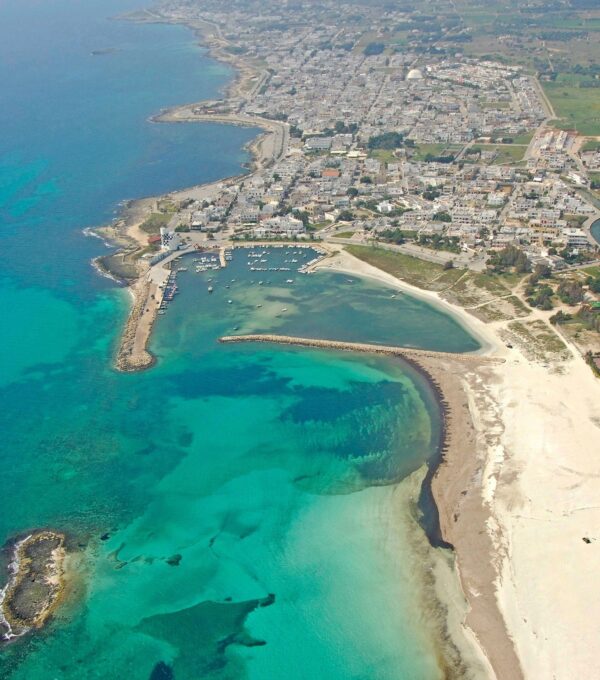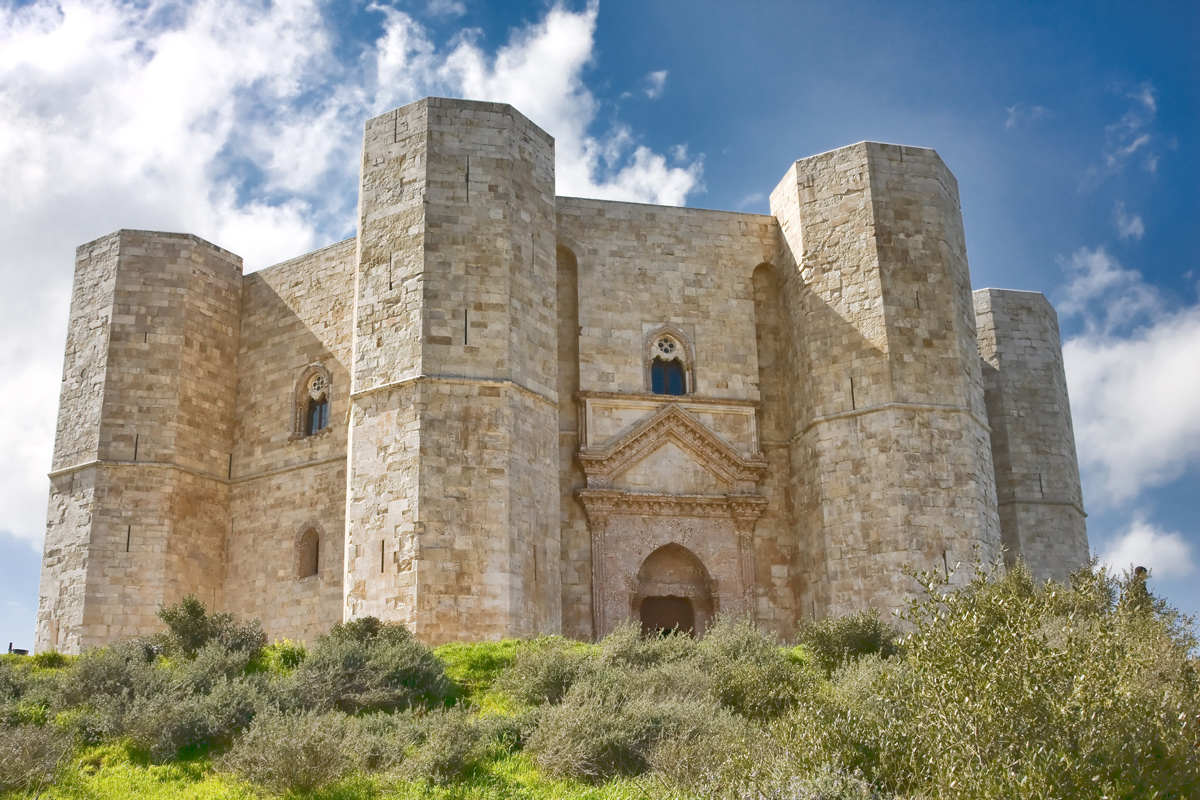A peninsula in the peninsula, a jewel kissed by the sun and framed by the sea that is the envy of the whole world. This – and much more – is the Salento, the physical region that is located at the southern end of Puglia and that constitutes a universe in itself made of natural, architectural, gastronomic and linguistic peculiarities quite unique.

At the southern end of the Apulian region, we find a subregion called the Salento peninsula. It is characterized by cultural, linguistic and historical peculiarities that make it, in effect, a small universe in its own right, which every year attracts millions of visitors from all over the world.
The Salento includes in fact the entire province of Lecce, part of the province of Brindisi and that of Taranto, with historical characteristics, distinct from the rest of the region.
Salento: the origin of the name
The origin of the name Salento is uncertain and much debated. The theories are many, but almost all refer to one of the most characteristic elements of the region and reasons of pride for the locals: the mare. According to some sources, in fact, the term Salento derives from Salum, or “land surrounded by the sea“, while the Romans used to define Sallentini the inhabitants of the marshes that stretched around the Gulf of Taranto.

Another probable origin of the name derives from an alliance made in salo that is right at sea, between Cretans, Illyrians and Locrians, the three communities that colonized the region. Other historians believe that the name derives from the name of the Cretans, who called themselves Salenti because they originated from the city of Salenzia.
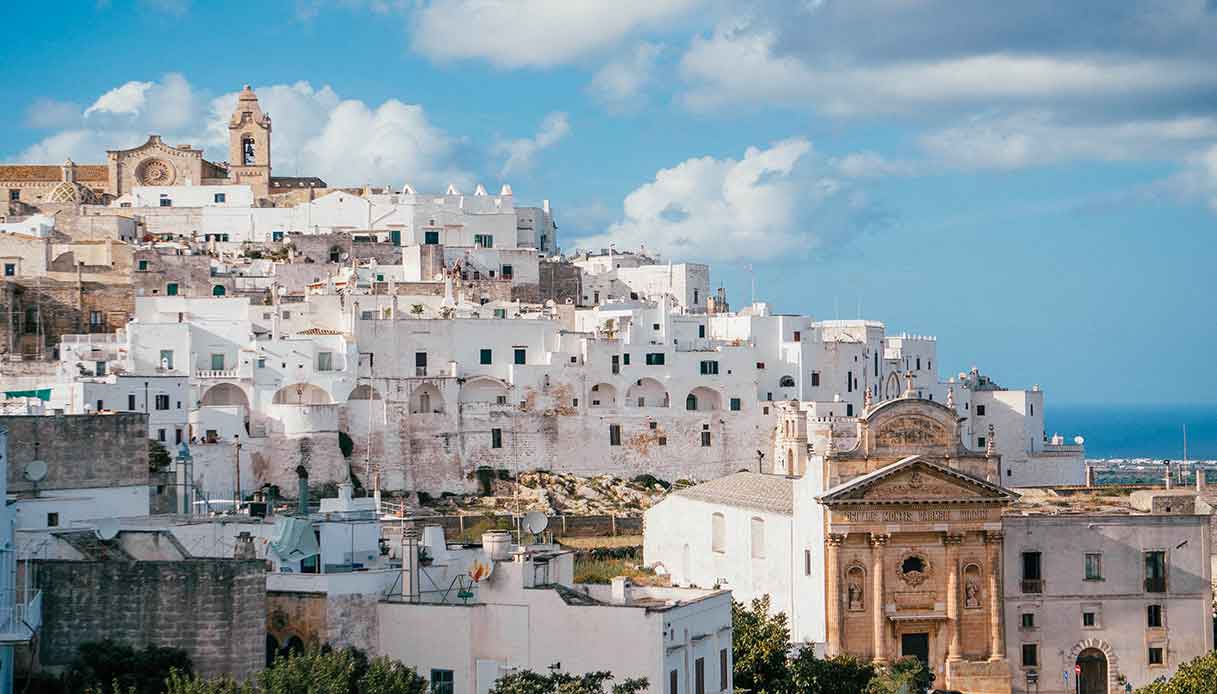
Not to forget the mythology, then, another of the origins of the name Salento is traced back to a legend that the nephew of King Salo, king of the Messapians, founded the cities of Roca, Lecce and Rudiae, giving the region the name of his grandfather.
A history of migration and contamination
The history of Salento is characterized by contaminations between peoples who have come into contact with each other through the sea, many times peacefully, other times in a belligerent way. For this reason, in fact, Salento boasts a cultural heritage completely different from the rest of Puglia and Italy, starting with the dialect.

The dialect of Salento is in fact very different from that of Puglia and is classified as a variant of the Sicilian language. Yes, you got it right: Sicilian. For reasons due to the linguistic contamination of peoples from Greece, in Salento a dialect is spoken much more similar to that of eastern Sicily.
Conversely, in the province of Taranto , the dialect is not spoken in the rest of Salento, because of the influences of Saracens, Normans, Angevins, Spanish and French.

Not only: in Salento there are communities Greek and arbereshe, recognized by the Italian State as distinct ethnic groups and protected as ethnic and linguistic minorities.
What to see in Salento?
The simple and brief question “what to see in Salento? ” can never have such a simple and short answer. They range from the very long coasts characterized by a mare , with colors ranging from turquoise to green to deep blue, to cities characterized by Greek architecture – on the coast – or by the typical style baroque Lecce – in the historic centers.

Among the most famous seaside resorts are Torre dell’Orso, Porto Cesareo, Santa Maria di Leuca, Otranto (marine protected area), Gallipoli, Castro and Porto Badisco. Among the most important historical centers, however, the center of Ostuni, Lecce, Brindisi and all the medieval fortifications scattered throughout the region.
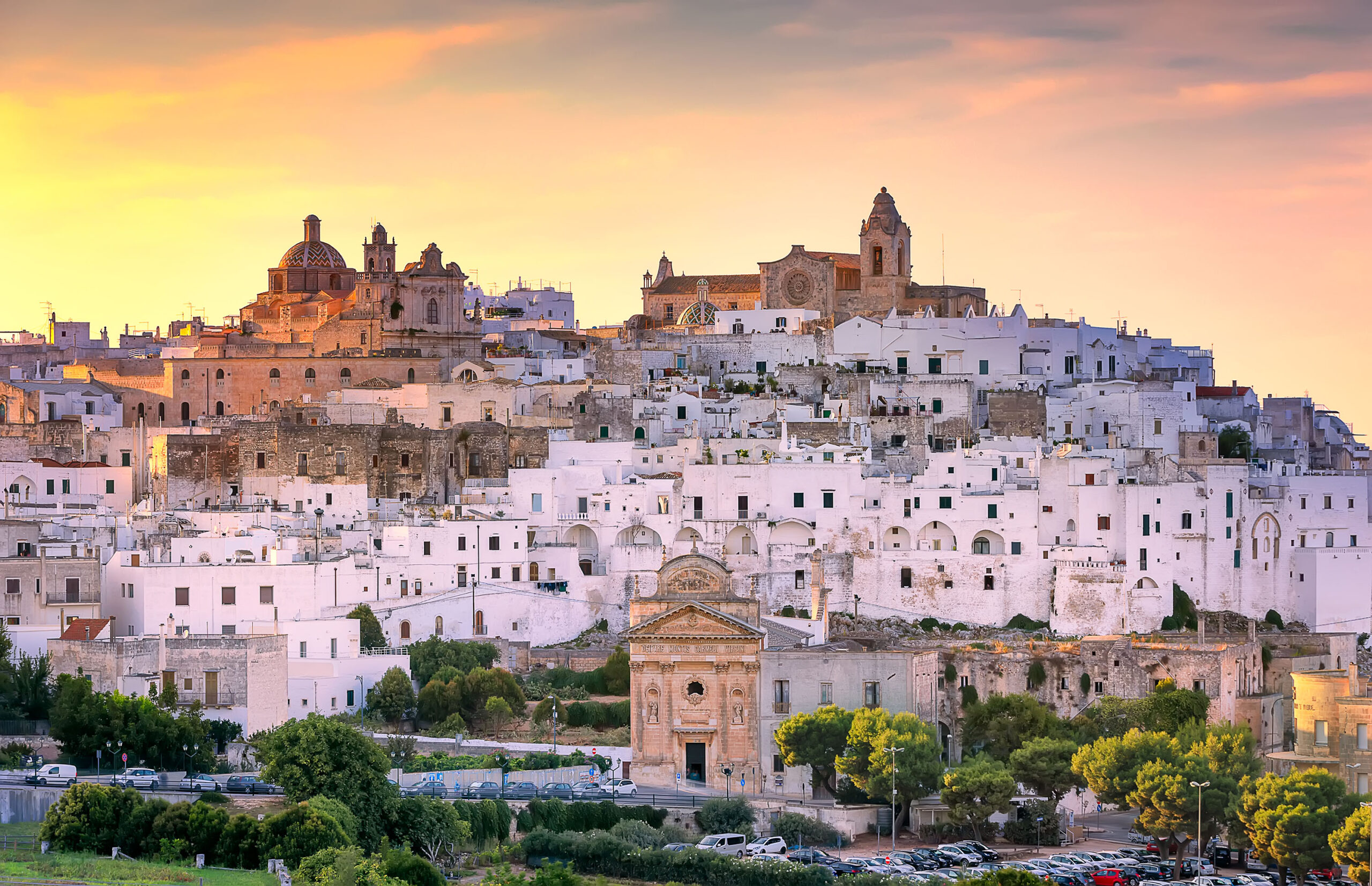
Finally, another very important characteristic of Salento is linked to food and wine. The numerous parks rich in olive trees scattered throughout the peninsula are in fact included among the Italian places to be safeguarded and are typical of the Salento culture.
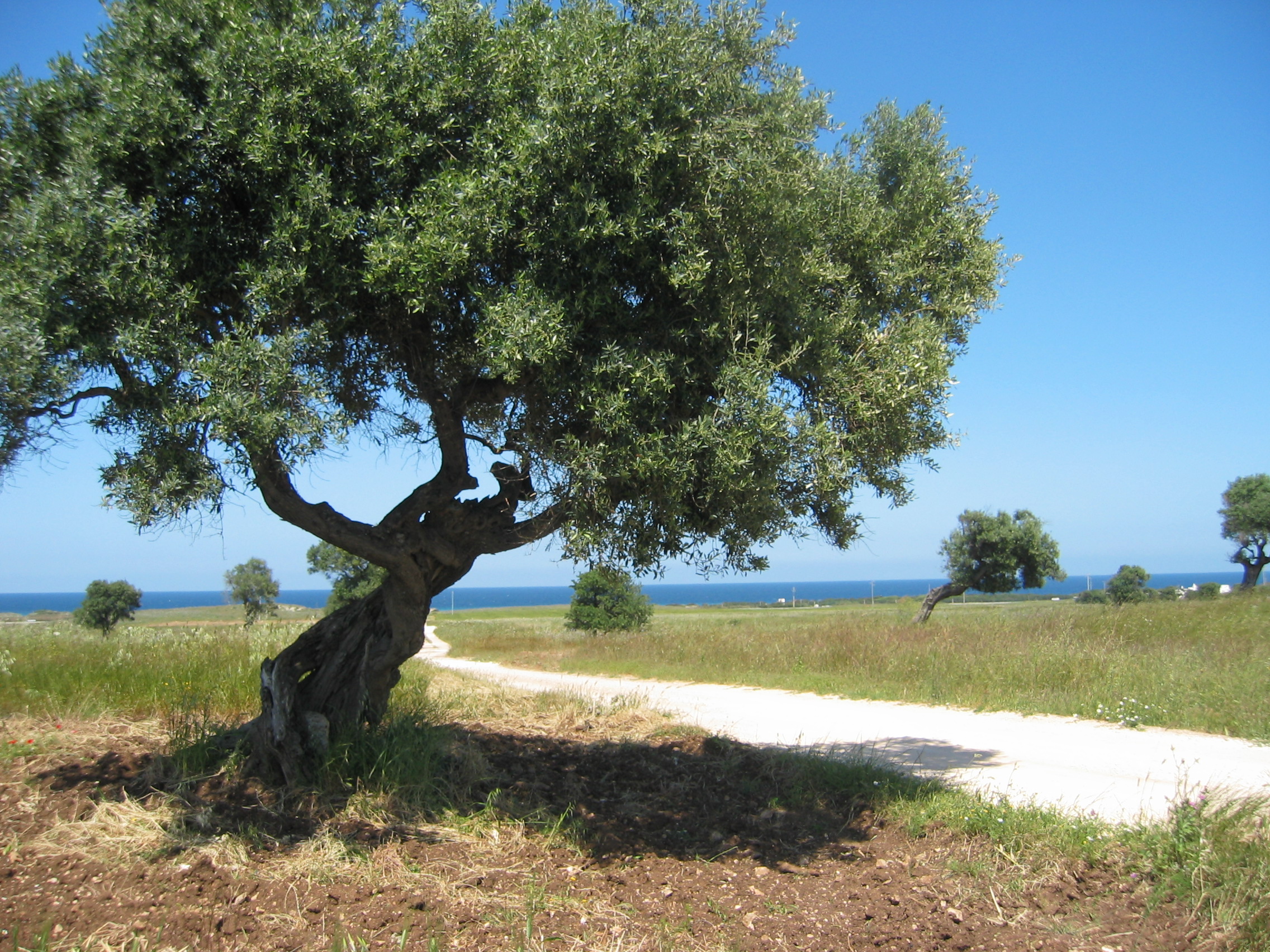
Likewise, Salento gastronomy is characterized by wines such as Primitivo di Manduria or Negroamaro di Salento and for typical dishes such as pitta di patate, pittule, puccia salentina, pasticciotto leccese, the almond paste and the typical Salento coffee with almond milk.


